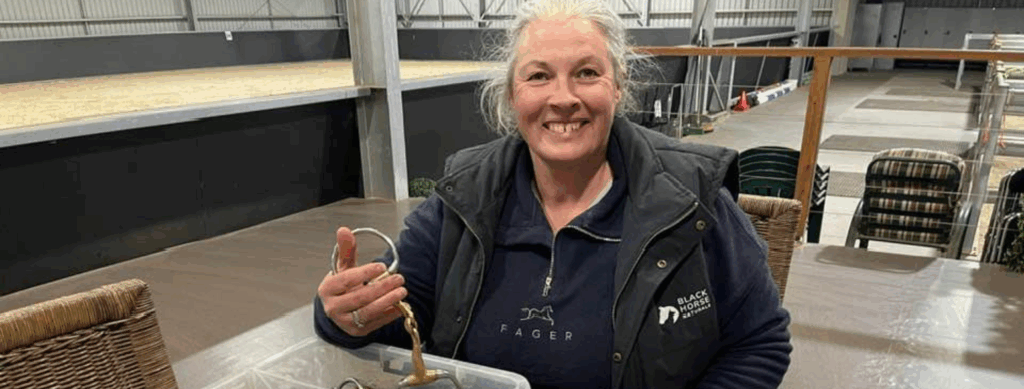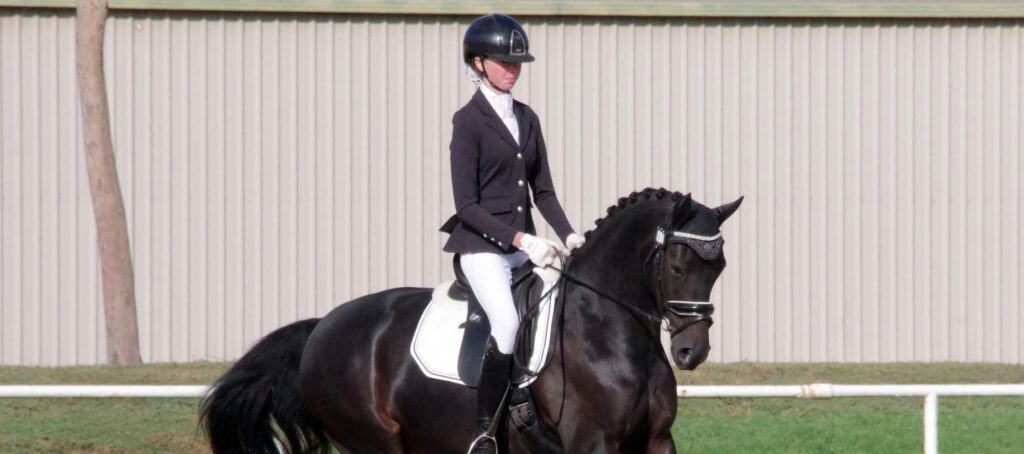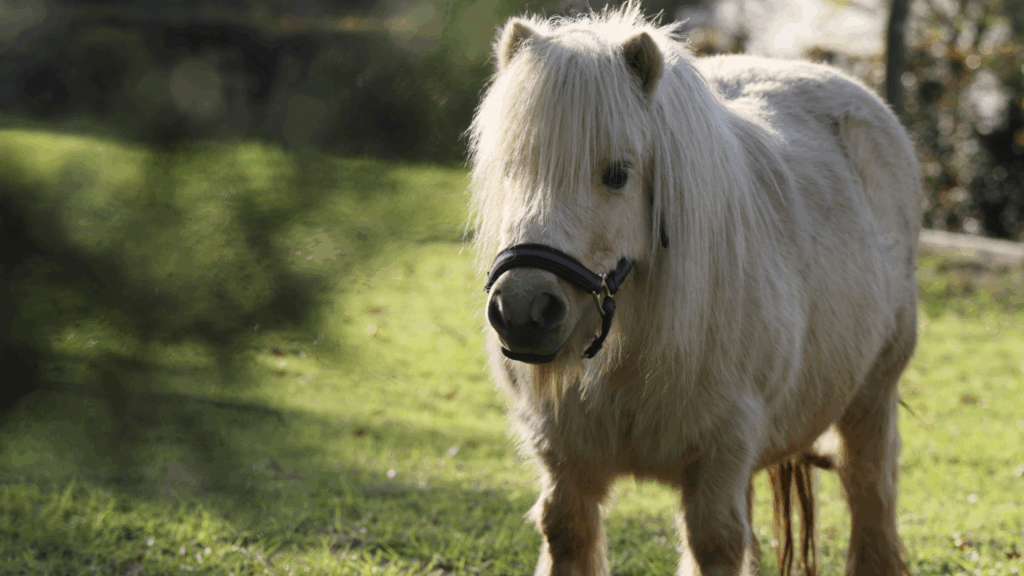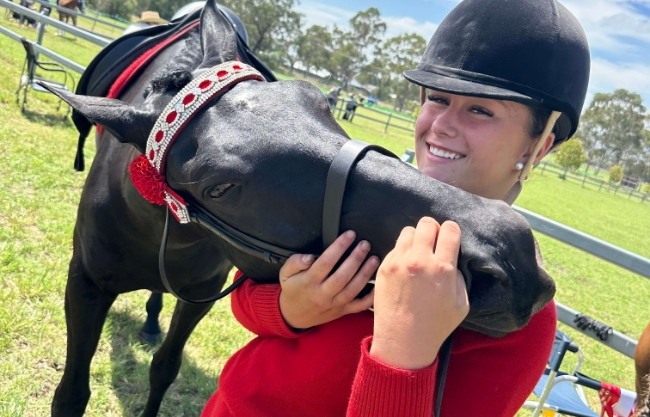Boots and bandages can play a valuable role in protecting your horse’s legs—but only when used correctly. While they offer support and defence against knocks, overreaching or brushing, they also come with risks if misused.
This week, we’re breaking down the best practice for protective legwear, drawing from the PCA A Certificate Manual and recent scientific research.
What the Manual Says
From the Pony Club Australia A Certificate Manual:
“PCA does not encourage the use of turnout boots, bell boots or bandages for horses in the paddock unless there is a specific reason for their use, e.g. a tendon injury.”
If boots are used, the manual outlines key welfare considerations:
- Material matters: Avoid heat-retaining materials like neoprene unless specifically designed for ventilation. Retained heat can be harmful to tendons and ligaments.
- Fit carefully: Too loose, and grass or dirt can get trapped underneath. Too tight, and you risk injury or restricted blood flow.
- Mind the duration: Boots and wraps should never be left on for more than 12 hours.
- Hygiene counts: Wash and dry boots regularly to prevent skin irritation and infection.
Common types of protective legwear include:
- Brush or splint boots – with padding on the inside to prevent injury from brushing.
- Turnout boots – offer more support but are discouraged unless medically required.
- Bell boots – for horses that overreach.
- Bandages/wraps – must be applied evenly and securely to avoid pressure points.
What the Science Says
A 2021 study by Brock & Spooner found that all boots and wraps increase surface temperature of the leg during exercise—sometimes to levels that risk tendon damage.
- Bare legs dropped to 27.7°C during work thanks to convection cooling.
- Booted legs rose to 36°C and stayed hot for over three hours after work.
- The polo wrap trapped the most heat and moisture; ventilated boots performed slightly better, but still didn’t allow temperatures to return to baseline.
Why does this matter? The superficial digital flexor tendon (SDFT) sits just beneath the skin, but it runs significantly hotter. Sustained temperatures over 40°C can begin to damage tendon fibres—and cell death can occur at 42.5°C.
Balancing Protection and Welfare
Boots and wraps are a risk–reward choice. They can be useful—especially for horses that brush or overreach—but they need to be used thoughtfully and removed promptly after exercise.
“The best way to protect your horses is to remove that leg protection as soon as possible and then cold hose those limbs.” – Lucas Brock, Lead Researcher
Top Tips for PCA Members:
- Only boot when necessary, and never for turnout unless advised by a vet.
- Choose breathable materials, and avoid full neoprene in warm or humid conditions.
- Fit boots snugly but not tightly, ensuring nothing can slip or pinch.
- Remove boots and wraps immediately after work, and cold hose if needed.
- Wash gear regularly to avoid buildup of sweat, bacteria, or dirt.
Protective care isn’t just about what you put on your horse—it’s about why, when, and how you use it. Smart, informed decisions protect both performance and welfare.
References:
- Pony Club Australia. A Certificate Manual. Pony Club Australia Ltd.
- Brock, L., & Spooner, H. (2021). A comparison among equine boots and legwraps on leg surface temperature during and after exercise. Middle Tennessee State University, presented at the Equine Science Society Virtual Symposium.
- HorseSport.com. (2021). Boots and Wraps Put Tendons at Heat Risk, Study Confirms. Retrieved from https://horsesport.com








